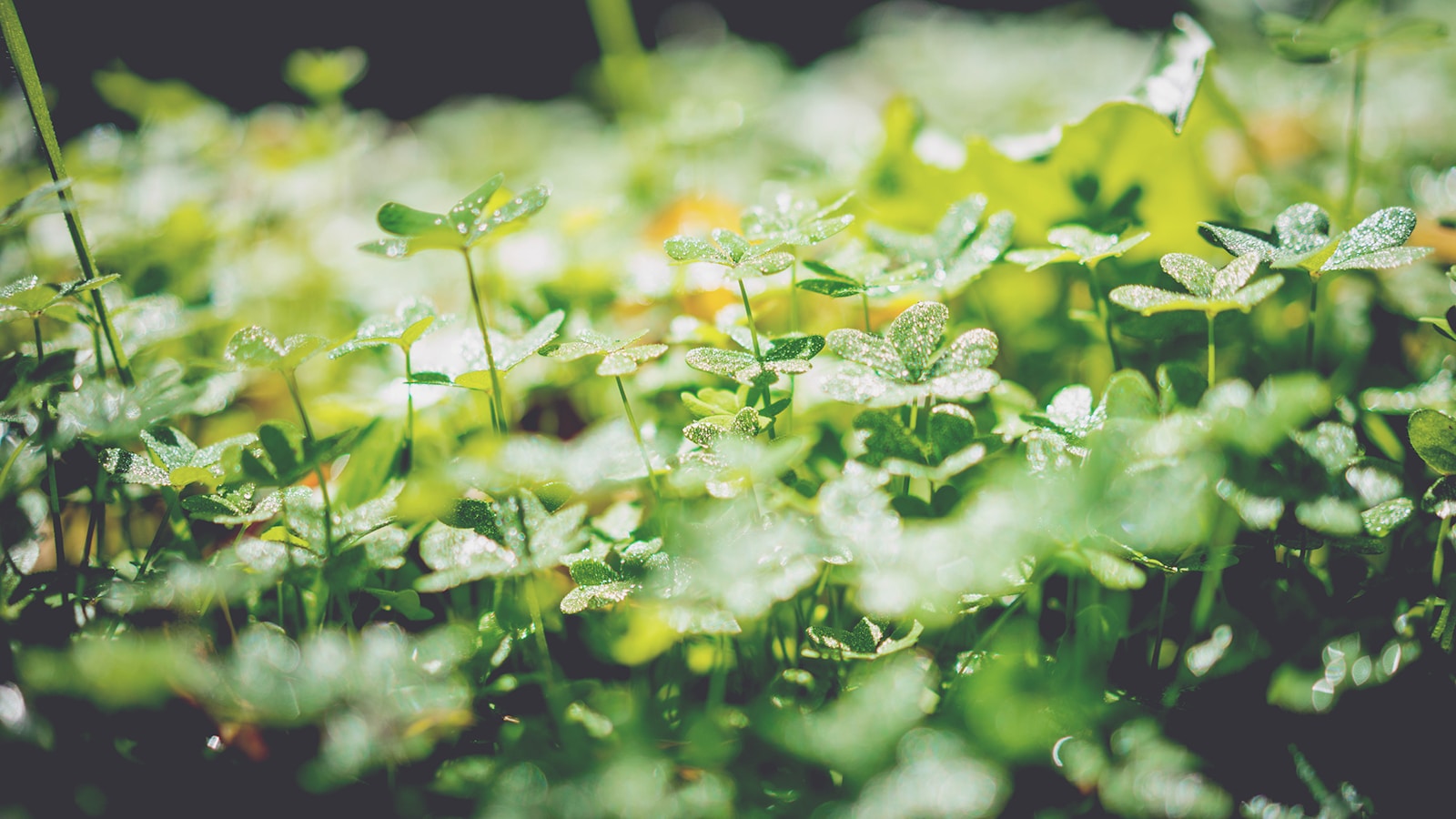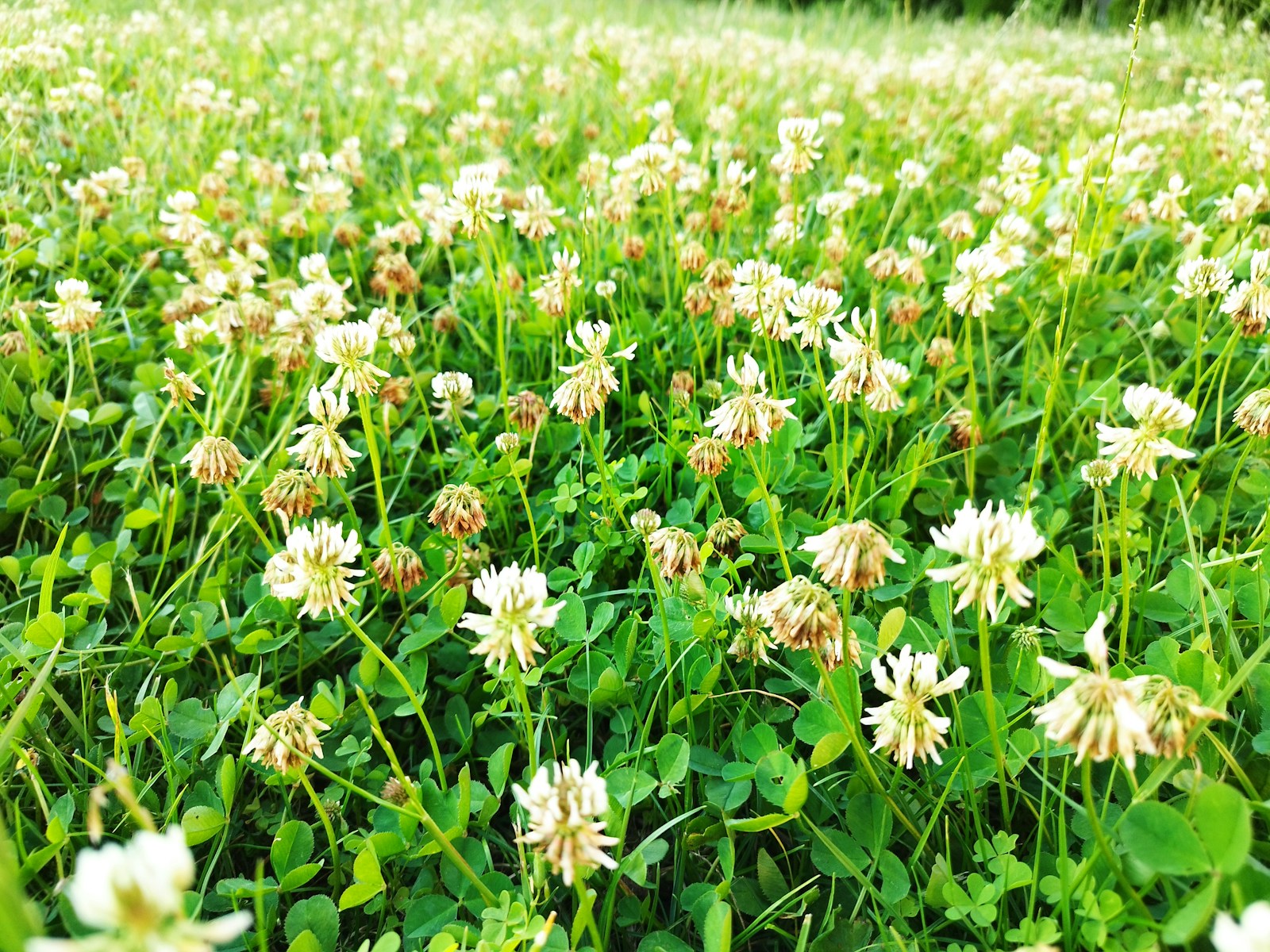Lawn care can seem like a daunting task, especially when it comes to aerating. Aeration is a crucial step in maintaining a healthy, lush lawn by improving soil structure and allowing water, air, and nutrients to reach the grassroots. The problem? Aerating your lawn often requires specialized equipment, like aerators or spike shoes, which can be expensive or inconvenient to rent. But did you know you can aerate your lawn effectively without using special tools? In this comprehensive guide, we’ll explore how to aerate your lawn without expensive equipment, step-by-step methods, and helpful tips for a greener, healthier lawn.
What is Lawn Aeration and Why is it Important?
Before diving into how to aerate your lawn without special tools, let’s quickly review why aeration is important for your lawn. Aeration helps alleviate soil compaction, which can occur over time due to heavy foot traffic, mowing, or rainfall. When soil becomes compacted, it limits the amount of water, air, and nutrients that can penetrate the roots of your grass, leading to unhealthy or even dead patches.
Aeration creates tiny holes in the soil, allowing air, water, and nutrients to penetrate deeper into the ground, which promotes root growth and improves grass health.
DIY Methods for Aerating Your Lawn Without Special Tools
Lucky for you, there are several ways to aerate your lawn without special tools. Whether you’re on a budget or just prefer a more hands-on approach, these DIY methods will help you achieve a vibrant, green lawn.
1. Using a Garden Fork
One of the simplest and most effective ways to aerate your lawn is by using a garden fork. While this may take a bit of time and elbow grease, it’s an accessible method that doesn’t require any specialized equipment. Here’s how to do it:
- Step 1: Water your lawn lightly the day before to soften the soil.
- Step 2: Grab a garden fork and, starting at one corner of your lawn, drive the fork into the ground to a depth of about 3-4 inches.
- Step 3: Repeat this process every 4-6 inches across the entire lawn, ensuring you are creating enough holes for optimal airflow.
- Step 4: Afterward, water your lawn thoroughly to help the soil settle and allow the grass to absorb the nutrients better.
This method is great for small to medium-sized lawns and doesn’t require an expensive investment in tools.
2. Using a Manual Aerator Tool
If you don’t want to purchase an electric or gas-powered aerator, you can opt for a manual aerator. These come in various designs, but the most common is the rolling type, which has spikes that you can roll across the lawn to create holes.
- Step 1: Water your lawn the day before to soften the soil.
- Step 2: Walk slowly, pushing the manual aerator across your lawn. Make sure to cover the entire area.
- Step 3: For larger lawns, consider using a walk-behind aerator that can aerate larger sections more quickly.
While this tool may still require a small investment, it’s a one-time purchase that can save you time and energy compared to using a garden fork.
3. Using a Shovel or Mattock
For lawns with tougher soil or those that are especially compacted, using a shovel or mattock may be the best method for aeration. These tools are effective for breaking up compacted soil and creating air channels for better root development.
- Step 1: Water the lawn the day before to soften the soil.
- Step 2: Insert your shovel or mattock into the soil at 3-4 inch depths.
- Step 3: Space out the holes about 4-6 inches apart, and move around the lawn methodically to ensure coverage.
This method is more labor-intensive but can be highly effective for tougher or older lawns in need of serious aeration.
4. The “Lift and Drop” Method
Another simple way to aerate your lawn is by using a manual lifting and dropping technique. This method is especially useful for smaller areas or those with less compacted soil.
- Step 1: Water the lawn to soften the ground.
- Step 2: Use a garden spade or shovel to lift sections of your grass and soil.
- Step 3: Drop the soil back down to break it apart and increase the airflow.
While this may not be as thorough as other methods, it’s a quick and easy way to improve soil aeration without tools.
5. Using Sand or Organic Matter
This method isn’t exactly “aerating” in the traditional sense but can help with lawn health if aeration is not an immediate option. Applying a thin layer of sand or organic matter like compost can help improve drainage and provide nutrients to the grass.
- Step 1: Choose your material: sand or compost are ideal choices.
- Step 2: Apply a thin layer (1/8 inch to 1/4 inch) evenly over your lawn.
- Step 3: Use a rake or broom to help spread the material across the soil.
Although this is more of a soil improvement method than an aeration method, it can be a great alternative for homeowners who want to improve their lawn without using heavy equipment.
Pros and Cons of Aerating Your Lawn Without Special Tools
| Pros | Cons |
|---|---|
| Cost-effective: No need to purchase expensive equipment or rent tools. | Labor-intensive: These methods require more physical effort, especially for large lawns. |
| Accessibility: Almost any homeowner can try these methods, regardless of experience. | Time-consuming: It will take longer to aerate your lawn compared to using motorized equipment. |
| Flexible: You can work at your own pace and schedule. | Limited effectiveness for extreme compaction: Some lawns with severe soil compaction may need more professional-grade equipment for optimal aeration. |
Environmental Impact and Sustainability Considerations
Aerating your lawn is a natural and eco-friendly way to improve grass health. By improving water absorption and reducing runoff, aeration helps conserve water and promote a healthier lawn ecosystem. Additionally, using manual tools and avoiding gas-powered aerators reduces your carbon footprint. For even more sustainable options, consider applying organic materials such as compost to your lawn as a natural fertilizer.
Common Mistakes and Troubleshooting Tips
- Mistake 1: Aerating during the wrong season. It’s best to aerate in the spring or fall when grass is actively growing.
- Mistake 2: Not watering the lawn before aerating. Dry soil makes aeration much harder, so always water the lawn first.
- Mistake 3: Aerating too frequently. Over-aerating can disrupt the root system. Aim to aerate once a year or as needed.
Real-Life Homeowner Experiences
In many neighborhoods across the US, homeowners like Sarah in Austin, TX, have been able to improve their lawns by following these methods. Sarah used a garden fork and a few weekends of labor to aerate her small lawn, and after a few weeks, she noticed the grass turning greener and more vibrant. Other homeowners in parts of California have also turned to organic compost for soil improvement, seeing notable results in soil structure and plant health.
Final Thoughts
Aerating your lawn doesn’t have to be a complicated or expensive task. By using simple methods like a garden fork or manual aerator, you can improve the health of your grass without special tools. Whether you’re working with a small or large lawn, these DIY techniques are an excellent way to achieve the lush, green lawn you’ve always wanted.



